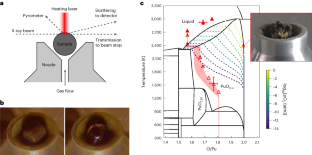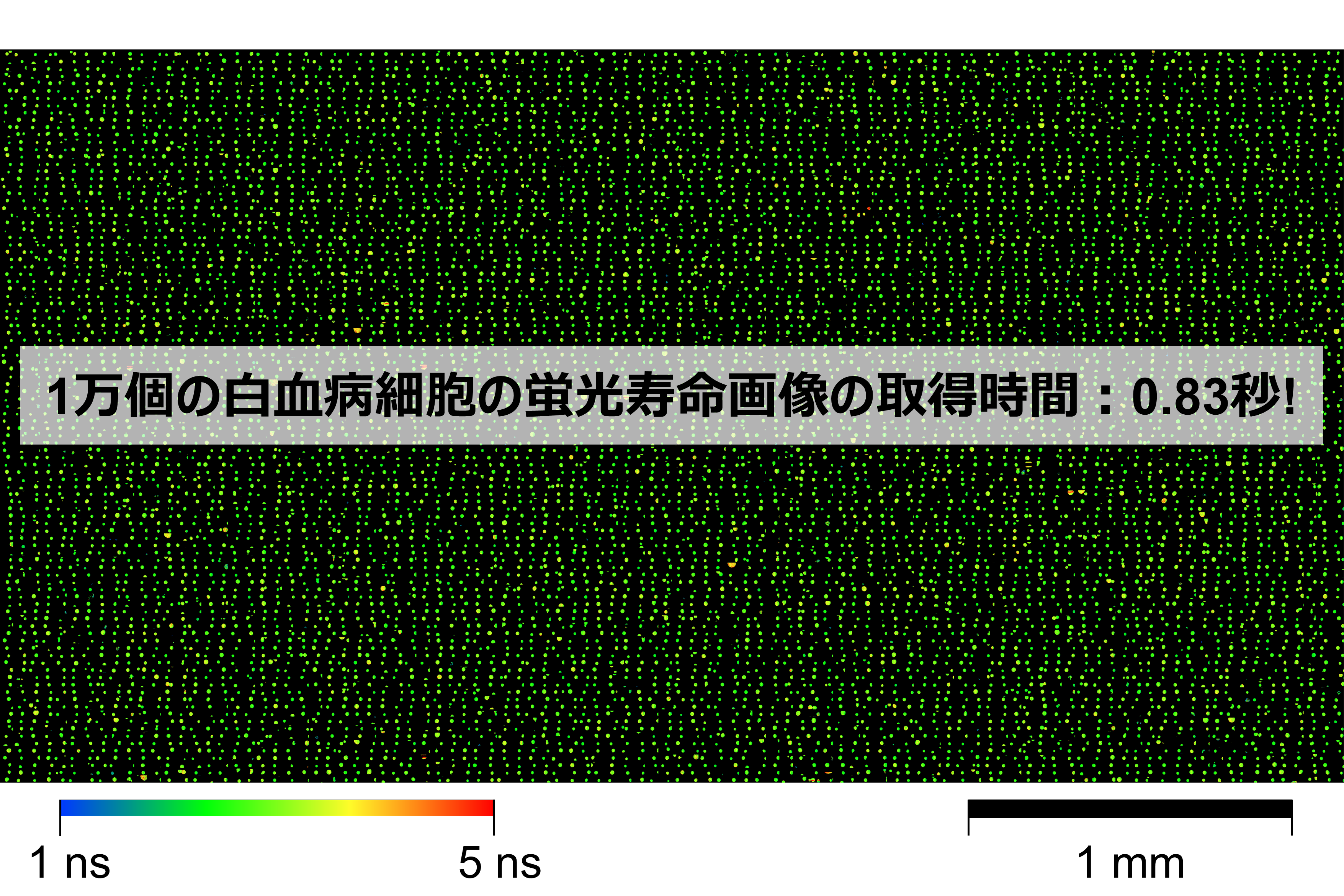2024-09-05 アルゴンヌ国立研究所(ANL)
<関連情報>
- https://www.anl.gov/article/when-its-hotter-than-hot-scientists-know-how-nuclear-fuel-behaves-thanks-to-new-research-from
- https://www.nature.com/articles/s41563-024-01883-3
プルトニウム酸化物のメルト構造と共有結合性 Plutonium oxide melt structure and covalency
Stephen K. Wilke,Chris J. Benmore,Oliver L. G. Alderman,Ganesh Sivaraman,Matthew D. Ruehl,Krista L. Hawthorne,Anthony Tamalonis,David A. Andersson,Mark A. Williamson & Richard Weber
Nature Materials Published:26 April 2024
DOI:https://doi.org/10.1038/s41563-024-01883-3

Abstract
Advances in nuclear power reactors include the use of mixed oxide fuel, containing uranium and plutonium oxides. The high-temperature behaviour and structure of PuO2–x above 1,800 K remain largely unexplored, and these conditions must be considered for reactor design and planning for the mitigation of severe accidents. Here, we measure the atomic structure of PuO2–x through the melting transition up to 3,000 ± 50 K using X-ray scattering of aerodynamically levitated and laser-beam-heated samples, with O/Pu ranging from 1.57 to 1.76. Liquid structural models consistent with the X-ray data are developed using machine-learned interatomic potentials and density functional theory. Molten PuO1.76 contains some degree of covalent Pu–O bonding, signalled by the degeneracy of Pu 5f and O 2p orbitals. The liquid is isomorphous with molten CeO1.75, demonstrating the latter as a non-radioactive, non-toxic, structural surrogate when differences in the oxidation potentials of Pu and Ce are accounted for. These characterizations provide essential constraints for modelling pertinent to reactor safety design.



